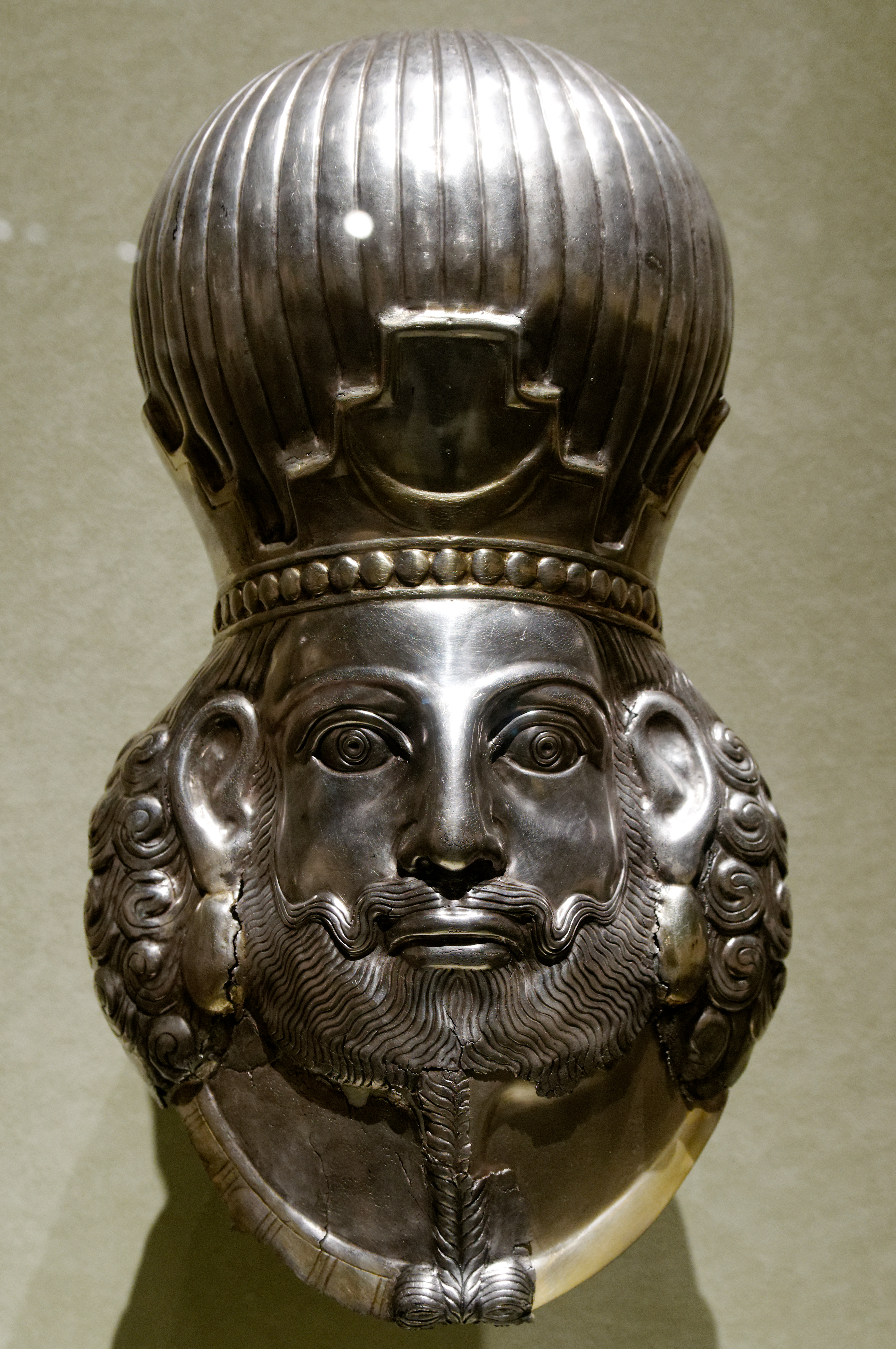Martyrs Of Persia Under Shapur II on:
[Wikipedia]
[Google]
[Amazon]
The Martyrs of Persia under Shapur II were Assyrian Christian martyrs who were put to death by
 The standard view of early Christianity in Persia is that it was tolerated until
The standard view of early Christianity in Persia is that it was tolerated until
 The monks of
The monks of
Shapur II
Shapur II ( pal, 𐭱𐭧𐭯𐭥𐭧𐭥𐭩 ; New Persian: , ''Šāpur'', 309 – 379), also known as Shapur the Great, was the tenth Sasanian King of Kings ( Shahanshah) of Iran. The longest-reigning monarch in Iranian history, he reign ...
of Persia
Iran, officially the Islamic Republic of Iran, and also called Persia, is a country located in Western Asia. It is bordered by Iraq and Turkey to the west, by Azerbaijan and Armenia to the northwest, by the Caspian Sea and Turkmeni ...
(r. 309–379) for failing to renounce their faith.
There may have been several thousand in total.
They are remembered as a group in the Roman and Orthodox calendars.
The ''Roman Martyrology'' gives feast days of 6 April, 22 April and 9 May for different groups.
Historical background
 The standard view of early Christianity in Persia is that it was tolerated until
The standard view of early Christianity in Persia is that it was tolerated until Constantine the Great
Constantine I ( , ; la, Flavius Valerius Constantinus, ; ; 27 February 22 May 337), also known as Constantine the Great, was Roman emperor from AD 306 to 337, the first one to convert to Christianity. Born in Naissus, Dacia Mediterran ...
(r. 306–337) was converted to Christianity and made it the official religion of the Roman Empire.
Shapur II then became suspicious of Christians in his empire, and after being defeated in a war with Rome ordering that the Christian churches be destroyed and their clergy executed.
This was later extended to execution of all Christians.
This view is based on Syriac Syriac may refer to:
*Syriac language, an ancient dialect of Middle Aramaic
*Sureth, one of the modern dialects of Syriac spoken in the Nineveh Plains region
* Syriac alphabet
** Syriac (Unicode block)
** Syriac Supplement
* Neo-Aramaic languages a ...
accounts of martyrdoms, but these may have been written some time after the events, and may present only the Roman viewpoint.
The theme of Shapur's persecution being a reaction to Constantine's conversion emerged only during the reign of Theodosius II
Theodosius II ( grc-gre, Θεοδόσιος, Theodosios; 10 April 401 – 28 July 450) was Roman emperor for most of his life, proclaimed ''augustus'' as an infant in 402 and ruling as the eastern Empire's sole emperor after the death of his ...
(r. 402–450), and must be treated with some skepticism.
However, there is no doubt that Shapur II severely persecuted the Christians from 339 until his death in 379, and the 5th-century Syriac ''Passions'' most likely were the source for Sozomen
Salamanes Hermias Sozomenos ( grc-gre, Σαλαμάνης Ἑρμείας Σωζομενός; la, Sozomenus; c. 400 – c. 450 AD), also known as Sozomen, was a Roman lawyer and historian of the Christian Church.
Family and home
He was born aro ...
os's account in his ''Ecclesiastical History'', and have been carried forward into Greek translations.
Sozomen's account
Sozomen ( AD) wrote in his ''Ecclesiastical History, Chapter XIV - Conduct and martyrdom of Milles the Bishop, multitude of bishops slain in Persia by Sapor, besides obscure individuals'',Monks of Ramsgate accounts
 The monks of
The monks of St Augustine's Abbey, Ramsgate
St Augustine's Abbey or Ramsgate Abbey is a former Benedictine abbey in Ramsgate. It was built in 1860 by Augustus Pugin and is a Grade II listed building. It was the first Benedictine monastery to be built in England since the Reformation. In ...
, wrote in their ''Book of Saints'' (1921),
Roman Martyrology
The ''Roman Martyrology
The ''Roman Martyrology'' ( la, Martyrologium Romanum) is the official martyrology of the Catholic Church. Its use is obligatory in matters regarding the Roman Rite liturgy, but dioceses, countries and religious institutes may add duly approve ...
'' includes:
Butler's account
The hagiographerAlban Butler
Alban Butler (13 October 171015 May 1773) was an English Roman Catholic priest and hagiographer.
Biography
Alban Butler was born in 1710, at Appletree, Aston le Walls, Northamptonshire, the second son of Simon Butler, Esq. His father died when ...
( 1710–1773) wrote in his ''Lives of the Primitive Fathers, Martyrs, and Other Principal Saints'', under April 22,
Notes
Sources
* * * * * * {{DEFAULTSORT: Persian saints 4th-century deaths